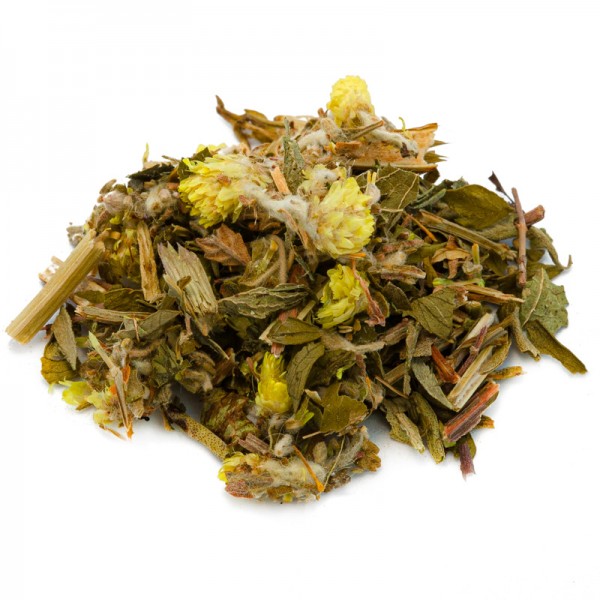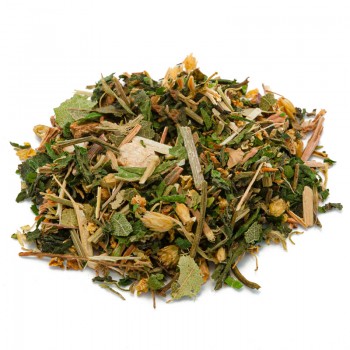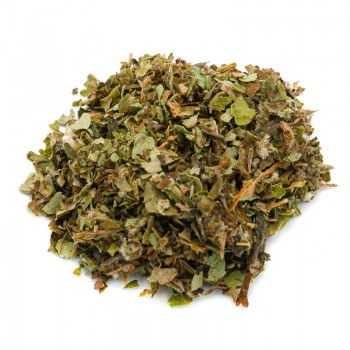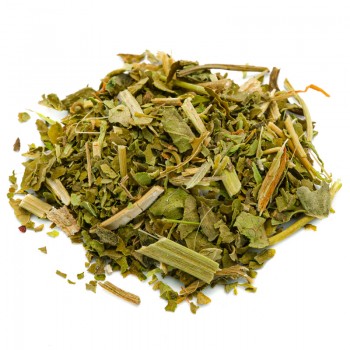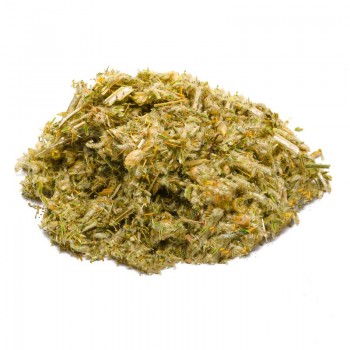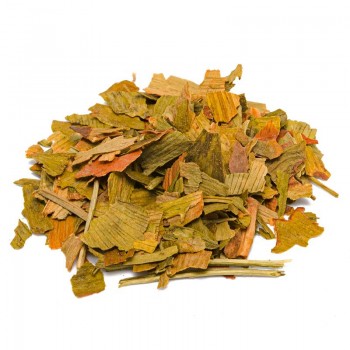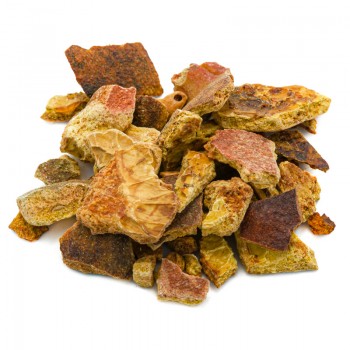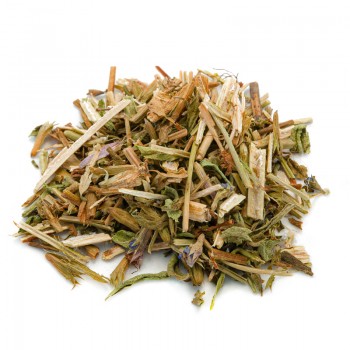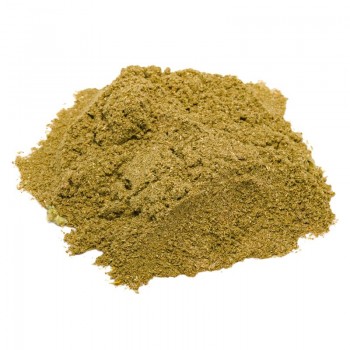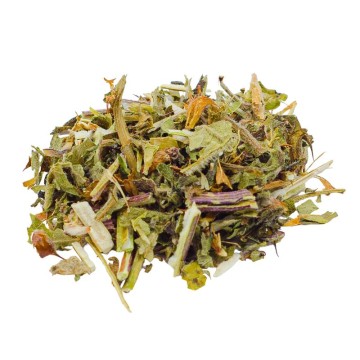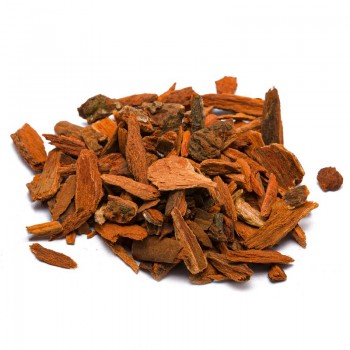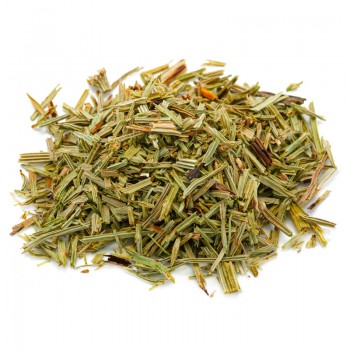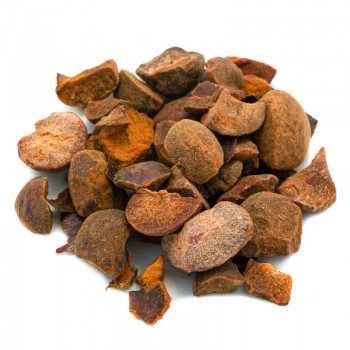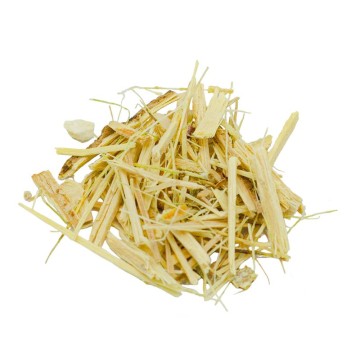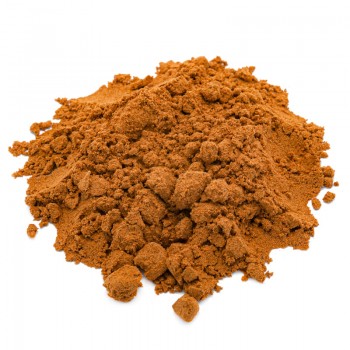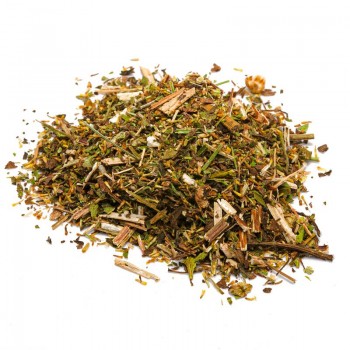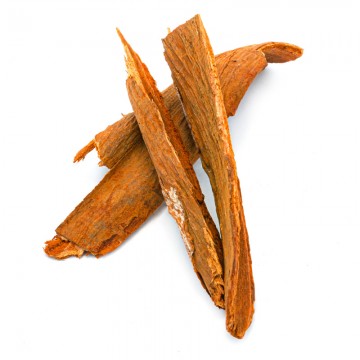To face the commitments of every day, avoiding energy deficiencies or fatigue, a natural remedy is to take a herbal tea. This blend provides a sustained energy level, avoiding caffeine . Furthermore, its action can reactivate the metabolism and promote the well-being of the organism in the assimilation of nutrients and their availability as energy factors. The mix for the chosen energy herbal tea contains herbs that traditionally perform this function: damiana, lemon balm, muira puama, savory nut, helichrysum, verbena, parsley, hyssop.
Herbs to give energy and tone: properties and benefits
The synergistic combination of antioxidants and other substances found in this mix has been shown to provide a significant energy boost. Researchers say this aggregation accelerates the conversion of nutrients into energy; stimulates the metabolism, in order to obtain more strength and vitality.
Different plants present in the herbal tea can improve energy levels, hydration, endurance, concentration and recovery after physical exertion.
One of the best-known plants included in the blend of energy herbs is damiana, rich in flavonoids and antioxidants, including arbutin . Damiana leaves have traditionally been used by different populations of Central America, for their aphrodisiac qualities and to increase the vigor of the body.
It was used as a plant to also treat stress and anxiety , rebalancing vital energy more actively. A powerful compound is that of muira puama (or marapuama), a medicinal herb traditionally used in Brazil and the surrounding territories to give vitality, enhance sexuality as an aphrodisiac, treat fatigue and apathy as a tonic. As an invigorating, muscle tonic and nervous system stimulant, muira puama has excellent effects in this energetic herbal blend, to counteract fatigue and activate the metabolism.
Savory is a plant appreciated since ancient times for its aphrodisiac and tonic properties. It is useful in case of stress and psychophysical fatigue, stimulating brain functions. In more recent times, it has also been used to treat digestive problems, and is used to strengthen the immune system. Another beneficial ingredient is hyssop, a plant that gives energy to our body by acting on the increase in blood flow and circulation. In addition, it relaxes the nerves
Helichrysum is known for its properties as a natural analgesic, which soothes muscle pain and improves circulation. Verbena, thanks to the substance of verbenaline, is also studied for its beneficial qualities on brain function. In addition, it counteracts anxiety and states of stress: an ingredient that balances the body's energy.
Very rich in iron, parsley has useful qualities to counteract fatigue and draw on a small source of energy. It also contains vitamin K and various polyphenols useful for brain health and memory function.
Another element of the herbal tea, lemon balm, is considered an adaptogenic plant, that is able to modulate the energetic response of our body to stress. It can help to react effectively by relaxing the nervous system. Some studies have focused on its ability to improve cognitive performance and stimulate attention. Origins and history of cultivation In the blend of energizing herbs, there are various plants that can facilitate tone, physical strength and improve metabolism.
These medicinal herbs have been used in herbal medicine since ancient times, although some may come from different regions of the planet. For example, such as muiri puama, a South American plant widespread in Brazil, and damiana of American origin (native to Central America, Mexico, Texas and the Caribbean).
Several other medicinal herbs of the energy tea have been present for centuries in our territory, in particular the helichrysum.
To create this infusion some parts of damiana, lemon balm, muira puama, savory nut, helichrysum, verbena, parsley, hyssop were dried. The ingredients of the energy herbal tea are now available dried and ready for infusion.
Plant and flowers
The components of the herbal tea are various, deriving from dto medicinal plants or shrubs known for their properties.
La Damiana , from the botanical name Turnera widespread aphrodisiaca, is a small shrub that grows mainly in dry and sunny areas. Its origin, in fact, is Central and South American. It reaches about 2 meters in height, and gives yellow flowers. The herbs Ptychopetalum olacoides or uncinatum are used to create the so-called Muira Puama or Marapuama - an aphrodisiac and tonic popular in Brazilian forests. The shrub is small in size, and the extract is obtained from barks and roots.
Savory (Santureja montana) is an annual medicinal plant that can reach a height of 30-50 cm. It has a thin stem and green-gray leaves. The flowers are white-pink or lilac, and very fragrant. Among the different species, the most important are the domestic savory (Santureja hortensis) and the one from which the essential oil is obtained, the mountain savory (Santureja montana).
The perennial plant of hyssop is Hyssopus officinalis, of the Lamiaceae family. Known for its medicinal and cooking properties, it comes with a thin stem, growing up to 2 meters in height. Shows purple-blue flowers, very fragrant. Melissa officinalis is a perennial herb of the mint family, the Lamiaceae. It grows to about 60 centimeters, giving white or pale yellow flowers, and very aromatic leaves. It loves full sun exposure and is easily grown on dry soils.
The perennial plant of helichrysum is Helichrysum italicum, of the Asteraceae (Composite) family. It comes in many varieties, in the form of a wild bush. It reaches about 50 centimeters in height, prefers dry soils, and is very common in Italy, as well as growing in the Mediterranean areas in France and Yugoslavia.
The biennial plant of parsley, Petroselinum crispum , is grown as a culinary herb. It grows in tufts of leaves about 30 cm high, with the famous triangular dark green leaves often used in recipes. It is a slow growing plant, and reaches maturity between 70-90 days after sowing.
Nutritional values of the energizing herbal blend
The herbal tea contains effective substances on our organism, excellent for giving energy to our organism The energetic herbal blend gives elements such as flavonoids, verbenaline, caffeic acid, arbutin, phytosterols , alkaloids (muirapuamine) and other natural antioxidants . Several molecules are useful for stimulating the nervous system, and promoting psychophysical well-being.
How to use the herbal blend in your energy tea
The correct infusion is obtained by placing about 3-5 grams of the mixture of energy herbs with water at 100 ° C in a cup (250 ml). Leave to infuse for 8 to 10 minutes, before drinking the herbal tea. Add honey or sugar if you wish.
Energy herbal blend: side effects and contraindications
The foods that make up the herbal tea are considered safe, but it is essential to keep the consumption of the mixture within the recommended doses. The intake must be limited, also due to possible effects of gastric pain, headache, nervousness, insomnia and agitation.
Due to the presence of substances that act on the activity of the nervous system, it is advisable to seek medical advice for those who take psychotropic drugs or sedatives, and who suffer from epilepsy. It is important to evaluate possible allergies or intolerances to individual ingredients. The herbal tea is not recommended for pregnant and breastfeeding women.

